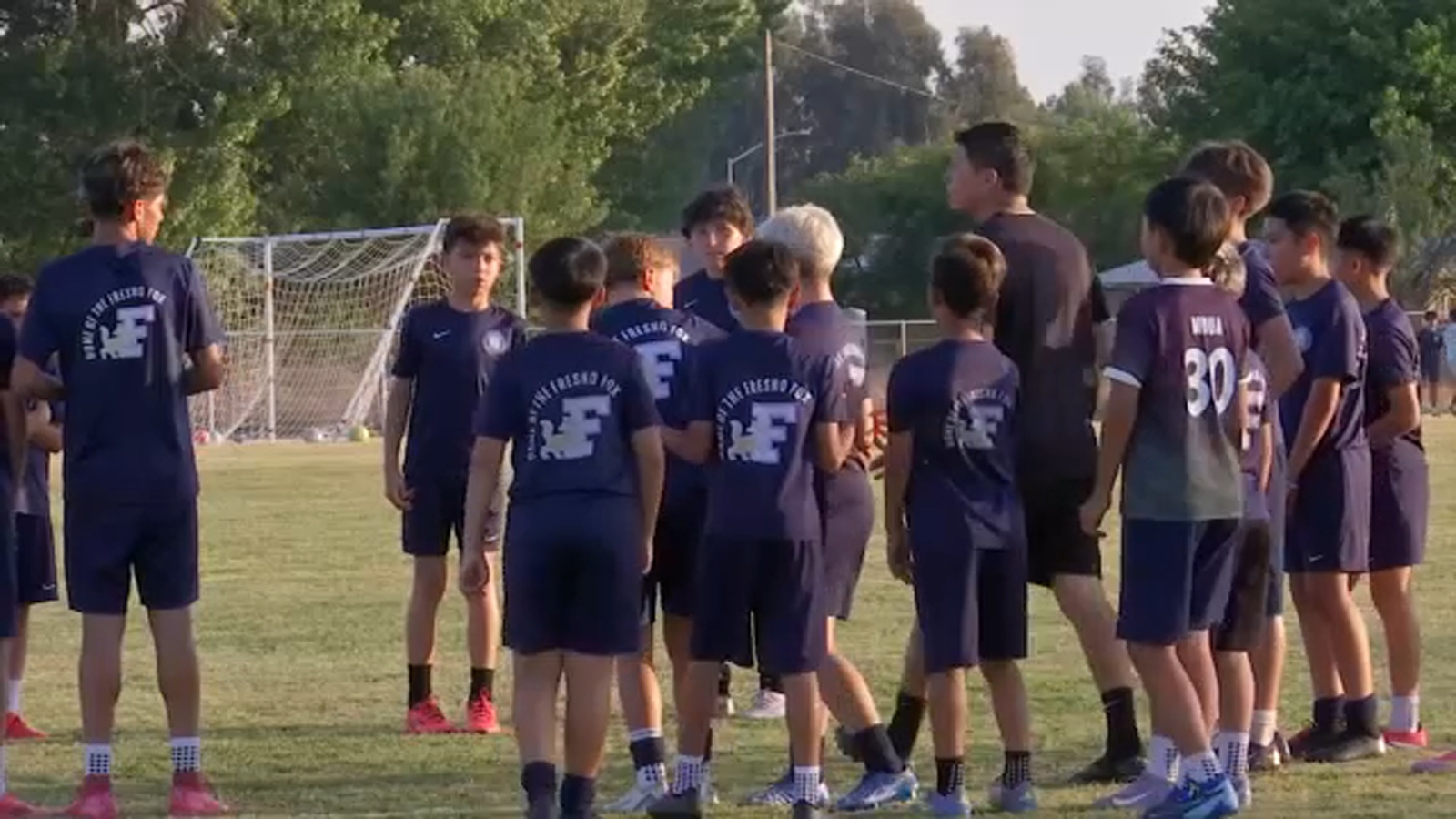BISMARCK – North Dakota elk’s herd is thriving, and results from a three-year study in the Badlands has provided insights into movement patterns and survival rates of herds in the western part of the state. Bill Haase, assistant wildlife chief for the North Dakota Game and Fish Department, discussed results from the study Tuesday night, April 22, in a presentation during the department’s District 7 Advisory Board meeting in Bismarck, which was livestreamed on the Game and Fish website. ADVERTISEMENT Game and Fish is mandated to hold the meeting twice a year in each of the state’s eight Advisory Board districts.
A similar meeting for District 4 in northeast North Dakota was held the same night in Cavalier. Between February 2019 and February 2021, Game and Fish and department cooperators captured and fitted tracking collars on 97 adult cows, eight yearling cows, six adult bulls and 38 yearling bulls. Information from those collars provided more than 1 million datapoints on elk locations, Haase said.

“We were able to learn a lot of information about what those elk do, their travel corridors, and this really shows that what we have is nine distinct herds,” Haase said. Younger bulls tend to travel the farthest, but by and large, the elk stay within their distinct areas, Haase said. North Dakota has elk that make some movements, but they’re not migratory, like what is seen in some western states, he said.
Still, “there were some really unique movements,” Haase said. In one example, a young bull initially collared east of Watford City, North Dakota, traveled more than 500 miles, eventually ending up in the Slim Buttes National Forest area of western South Dakota, where his collar eventually fell off. ADVERTISEMENT “We didn’t have any more information on where he was harvested, but (there are) pretty crazy movements these elk can make,” Haase said.
“Especially these young bulls. “One thing that we did learn for sure – and we hear about this from the landowners – is our elk population is doing really, really well. We’re maybe in that balance to where we’re pushing too many elk.
We’re pushing the tolerance of those private landowners.” Essentially, Haase says, the only way elk in western North Dakota are dying is being shot by hunters. Of the 27 mortalities recorded among the collared elk, 22 animals – 16 cows and six bulls – were taken by hunters.
One bull and one cow were wounded by hunters and eventually died, one cow elk died from a probable case of EHD (epizootic hemorrhagic disease), one cow had a tongue abscess and was malnourished and another cow died from unknown causes, Haase said. Annual estimated survival is 88% overall, he said – 80% for bulls and 90% for cows. As elk numbers have increased, Game and Fish has upped the number of elk tags it issues.
The department offered 960 elk licenses for the fall 2025 season, up from 905 issued in 2024, when hunters harvested 526 elk – 220 bulls and 306 cows or calves. “This last year, we were really aggressive and had a pretty good harvest, and so (the population) seemed to level off,” Haase said. “We increased (licenses) a little bit because we want to maybe get where we have more harvest and drop that population just a little bit more.
” While not part of the study, elk also continue to do well in the Pembina Gorge and Turtle Mountains, Haase said. ADVERTISEMENT Bears a topic in Cavalier In addition to the same department presentations heard during Tuesday night’s meeting in Bismarck, which included the elk study, a rundown on outdoors legislation, the Game and Fish Department’s budget and license fee increases that go into effect Aug. 1, the increasing population of black bears in northeastern North Dakota was topic of discussion Tuesday night in Cavalier.
According to notes from the meeting compiled by Jim Job, Game and Fish outreach biologist for northeast North Dakota, a member of the audience asked if the department plans to do anything about bears in the Pembina Gorge. Sightings have become more common in recent years. The consensus by some in attendance was that the department should offer an experimental bear season with a quota, but Game and Fish staff in Cavalier said more information is needed.
Assistant Game and Fish Director Scott Peterson and Wildlife Chief Casey Anderson addressed the bear situation during the Cavalier meeting. According to Job’s notes from the meeting, the department tracks sporadic bear reports, and while there indeed are bears in the Gorge, there isn’t an abundance of habitat that will support bear numbers. ADVERTISEMENT Numbers appear to be down in the past year, but if the population increases to the point where there’s enough bears to have a season, it would definitely be considered, department officials said.
Tuesday night’s meetings in Bismarck and Cavalier were the final two meetings on the department’s spring Advisory Board schedule. Previous meetings were held in Velva (District 2), Dickinson (District 8), Watford City (District 1), Cando (District 3), Wahpeton (District 5) and Jamestown (District 6)..
Sports

Research project sheds light on western North Dakota elk

Bill Haase, assistant wildlife chief for Game and Fish, discussed results from the study Tuesday night, April 22, during the department’s District 7 Advisory Board meeting in Bismarck.















